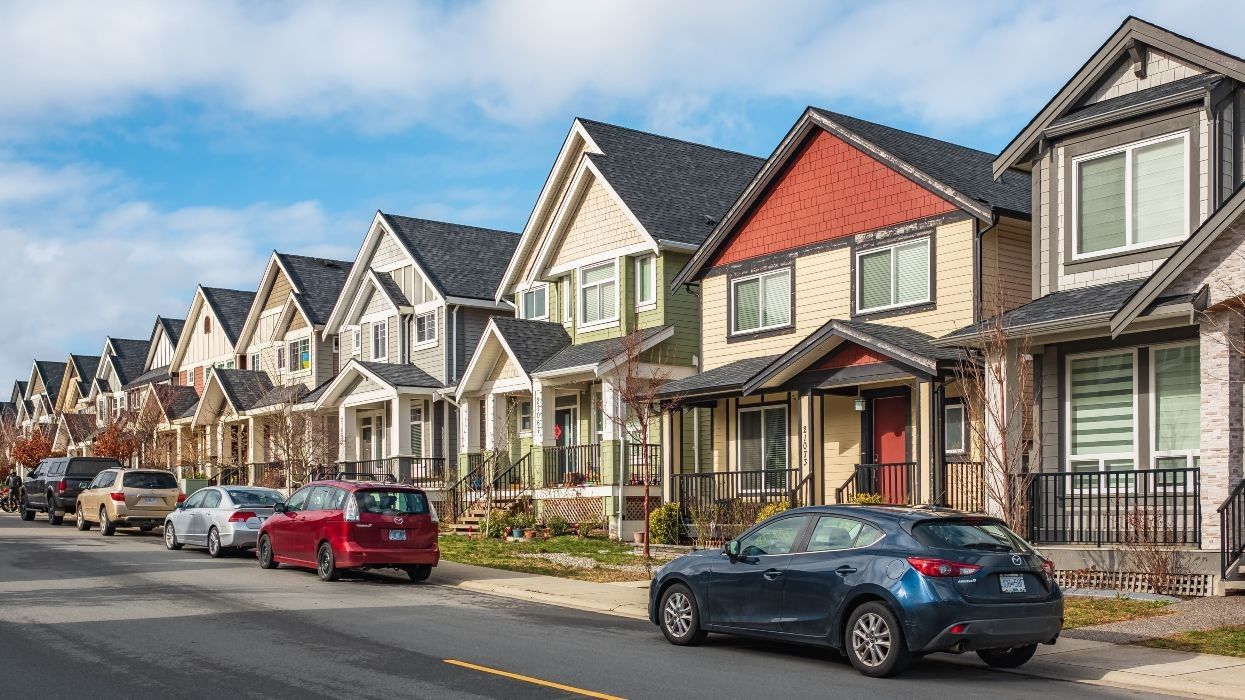Following six consecutive months of decline to close out 2023, the Fraser Valley real estate market has now seen two consecutive bumps to start off 2024, according to the latest statistics published by the Fraser Valley Real Estate Board (FVREB) on Monday.
After recording 938 home sales in January, the Fraser Valley market recorded 1,235 home sales in February, which represents a 31.6% increase.
On the supply side of the equation, the Fraser Valley also saw a bump in new listings. After adding 2,368 in January, another 2,797 were added in February, which represents an 18.1% increase. Including that new batch, the total amount of active listings in the Fraser Valley is now up to 5,561, which represents a 14% month-over-month increase and 26% year-over-year increase.
Both home sales and new listings, however, were still below 10-year averages for the month of February despite those increases, with home sales 21% below the 10-year average and new listings 4% below.
Historical context aside, comparing the present to the past is not always fair, considering the different market conditions, and the short-term improvements are a positive.
"There is somewhat of a buzz in the market right now," says FVREV Chair Narinder Bains. "We are seeing new listings come onto the market and REALTORS continue to see more traffic at open houses, however buyers are still exercising caution. We aren't out of the woods just yet, but the signs are pointing to a further increase in activity as we head into spring."
Buyers or Sellers
The aforementioned statistics allow us to identify the sales-to-new-listing ratio as well as the sales-to-active-listings ratio, which are two quantitative indicators that can give us a sense of whether the market is currently leaning towards buyers or sellers.
For the sales-to-new-listings ratio, a ratio of 40% or lower is considered a buyers' market, a ratio of 55% or higher is considered a sellers' market, and anything in between is considered a sign of market balance.
With 1,235 home sales and 2,797 new listings in February, the sales-to-new-listings ratio is now at 44.1% This comes after the ratio was at 39.6% after January, which indicates movement towards sellers, but only to the point of reaching a balanced market.
For the sales-to-active-listings ratio, 12% or lower is viewed as a buyers' market, 20% or over is viewed as a sellers' market, and anything in between is viewed as a balanced market.
With 1,235 home sales and 5,561 total active listings after February, the sales-to-active-listings ratio is now at 22.2%. After January, the ratio was at 19.2%, which again signals movement towards sellers.
Prices and Outlook
Following February, the benchmark price is now $1,485,600 for single-family homes, $831,100 for townhouses, and $546,100 for condominiums.
All three represent increases of between 0.7% and 1.3% when compared to January, as well as increases of between 6.7% and 8.4% when compared to February 2023.
As another sign that buzz is building in the market, the average number of days homes are staying on the market is also dropping. Single-family homes are now staying on the market for an average of 35 days, after averaging 44 days in January. For townhouses, the average number of days dropped from 33 days to 28 days in February. The FVREB did not provide an average for condos.
"All indications suggest we will see the Bank of Canada's overnight rate begin to decrease mid-year, which is encouraging for buyers and sellers," said FVREB CEO Baldev Gill.
The Bank of Canada's next interest rate announcement is this week, on Wednesday, March 6.





















